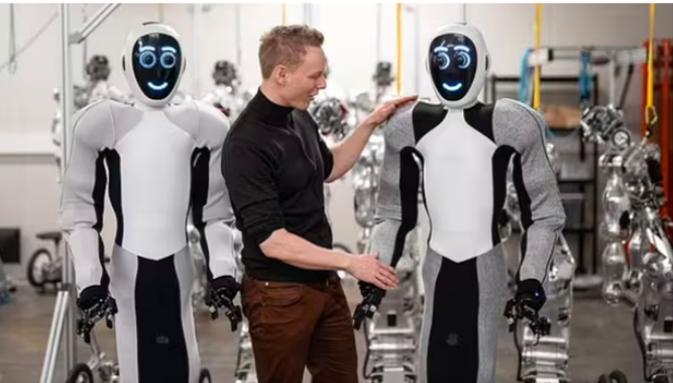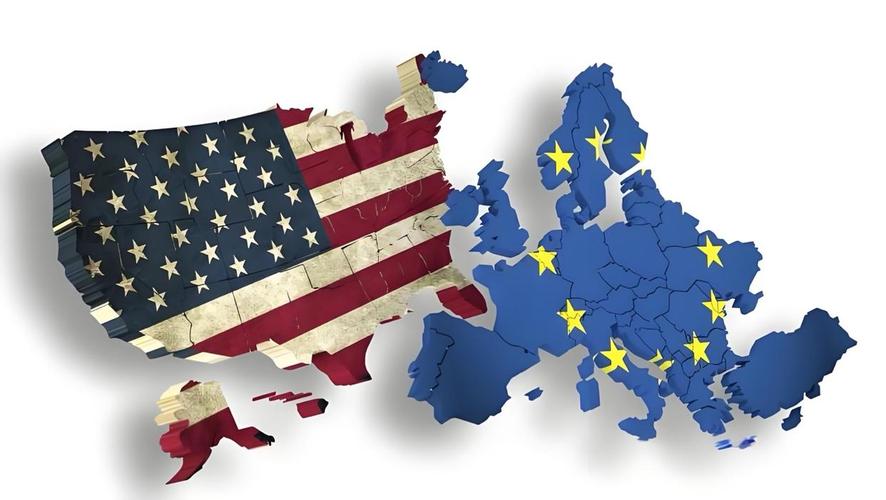
Recently, the heavyweight news at Tesla's shareholder meeting has attracted widespread attention in the industry. Musk made a bold prediction about the future market value of Optimus robots, claiming their potential value to be as high as $25 trillion. This number is not only astonishing, but also sparked heated discussions about technological innovation, market potential, and Tesla's future strategy. However, before we cheer for this prediction, should we conduct a thorough analysis and rationally evaluate its authenticity and feasibility?
Firstly, we have to admire Musk's keen insight and bold predictions on technological innovation. As a disruptive innovator, he has always been committed to promoting the expansion of technological boundaries and bringing unprecedented changes to human life. The development of Optimus robots is a manifestation of his philosophy, and through continuous innovation and application of robotics technology, Tesla is expected to usher in a new era of industry.
However, we also need to be aware that predicting future market value is not an easy task. Especially in the field of robotics, which is full of uncertainty and competition, various factors may affect the final market performance. Musk's prediction of a market value of $25 trillion is based on a series of assumptions and prerequisites. These assumptions include Tesla's ability to successfully achieve large-scale production of Optimus robots, reduce costs, improve performance, etc., while also taking into account various factors such as market demand, competitive landscape, policies and regulations.
In reality, implementing these assumptions is not an easy task. Firstly, the research and application of robotics technology require a significant amount of funding and resource investment, and Tesla has already laid out in multiple fields. How to balance the development of each sector and ensure that the development of Optimus robots is not affected is a problem that needs to be solved. Secondly, the competition in the robotics market is becoming increasingly fierce, with not only traditional robotics companies, but also numerous startups and technology companies actively investing in research and development. Whether Tesla can stand out in this fiercely competitive market is also an unknown factor.
In addition, we also need to note that Musk's predicted market value of $25 trillion is based on the assumption that each Optimus robot is priced at $20000. However, further observation and verification are needed to determine whether this selling price can be recognized by the market. After all, the price of robots is influenced by various factors, including production costs, technical difficulties, market demand, etc. If Tesla cannot find a balance between reducing costs and improving performance, then this selling price may be difficult to maintain.
Of course, we cannot deny the potential and market prospects of Optimus robots. With the continuous development of artificial intelligence and robotics technology, robots will be applied in more and more fields, bringing convenience and efficiency to human life. Tesla, as a company with strong technological strength and brand influence, is expected to make significant breakthroughs and progress in the field of robotics.
However, we need to maintain a rational and cautious attitude towards Musk's predicted market value of $25 trillion. Although this prediction is encouraging, it also needs to be continuously verified and adjusted in practical operation. We cannot blindly believe this prediction just because of Musk's fame and Tesla's influence, but should evaluate its authenticity and feasibility through in-depth market research and technical analysis.
In summary, although Musk's Optimus robot market value prediction has some foresight and imagination, it also requires us to continuously verify and improve in practice. We should maintain a rational and cautious attitude, recognizing both the potential and market prospects of robotics technology, as well as the challenges and risks involved. Only in this way can we better grasp the future trends and promote the healthy development of the robotics industry.

Since 2025, the conflict between the United States and Europe over the governance of the digital economy has continued to escalate.
Since 2025, the conflict between the United States and Euro…
When German Chancellor Mertz officially announced that he w…
On December 3rd local time, the copper price on the London …
The European Commission announced a new economic security s…
The European Commission announced a new economic security s…
For nearly a year, US President Donald Trump has launched a…